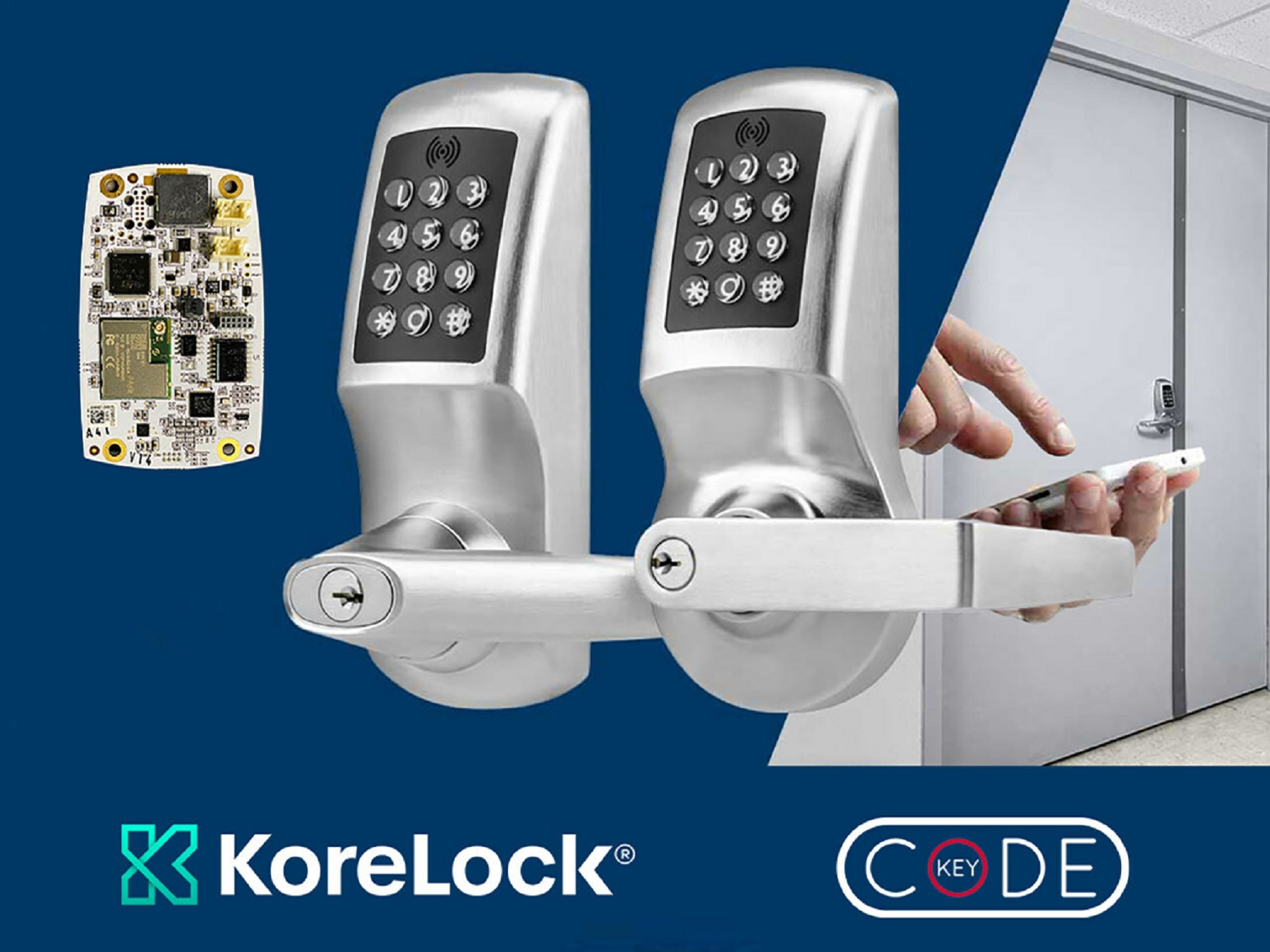The Difference Between Warehouses and Distribution Centers

Shopping online has become commonplace for many people, especially in the wake of the COVID-19 pandemic. What happens behind the scenes before your orders arrive at your doorstep? Learn the difference between warehouses and distribution centers, two critical components of the supply chain, and their roles in ensuring you get your goods on time.
Warehouses: Long-term Storage for Business Inventory
Warehouses are critical for inventory control systems. They hold goods for a long period of time until a company needs them. Warehouses offer stable and organized storage spaces and often include the following:
- Multiple loading docks for fast loading and unloading
- A vast storage area for various products
- Climate-controlled environments to protect perishable and temperature-sensitive goods
- Advanced tracking systems for efficient inventory management
Warehouses act are the buffer between manufacturers and retailers, ensuring products are readily available to accommodate changes in demand or supply chain disruptions.
Distribution Centers: Quick Turnaround and Customer Satisfaction
Distribution centers focus on fast flow rates and short holding times. The primary goal is to get goods in and out as quickly as possible to satisfy customer demands or fulfill store orders. Here are some functions of distribution centers:
- Allocating goods to different retailers or customers based on buying patterns and order quantities
- Cross-docking, where incoming goods are immediately unloaded and sorted into outbound trucks without staying in storage
- Sorting and consolidating orders to streamline delivery routes and save time and fuel
- Picking, packing, and shipping orders
Distribution centers can handle high volumes of shipments and maintain relationships with businesses and consumers directly. Their operations are more complex than the storage functions of warehouses.
Adapting to Modern Demands: Warehouse and Distribution Center Technologies
Today’s fast-paced online shopping environment requires warehouses and distribution centers to adopt cutting-edge technologies to meet consumer demands. Examples of these technologies include the following:
- Robotic automation for improved inventory management and faster order processing
- Real-time tracking and analytics for better decision-making and resource allocation
- Advanced warehouse management systems (WMS) for seamless integration with other business software
While both warehouses and distribution centers play significant roles in supply chain management, the differences become clear when you’re aware of their unique functions. Warehouses provide long-term inventory storage solutions, while distribution centers manage quick turnaround and fast deliveries to consumers. Both require thoughtfully designed loading dock systems that support the primary function of receiving goods for storage or shipping selections of products to consumers. The integration of modern technologies in both facilities ensures they remain up to speed in an increasingly technology-dependent world.





